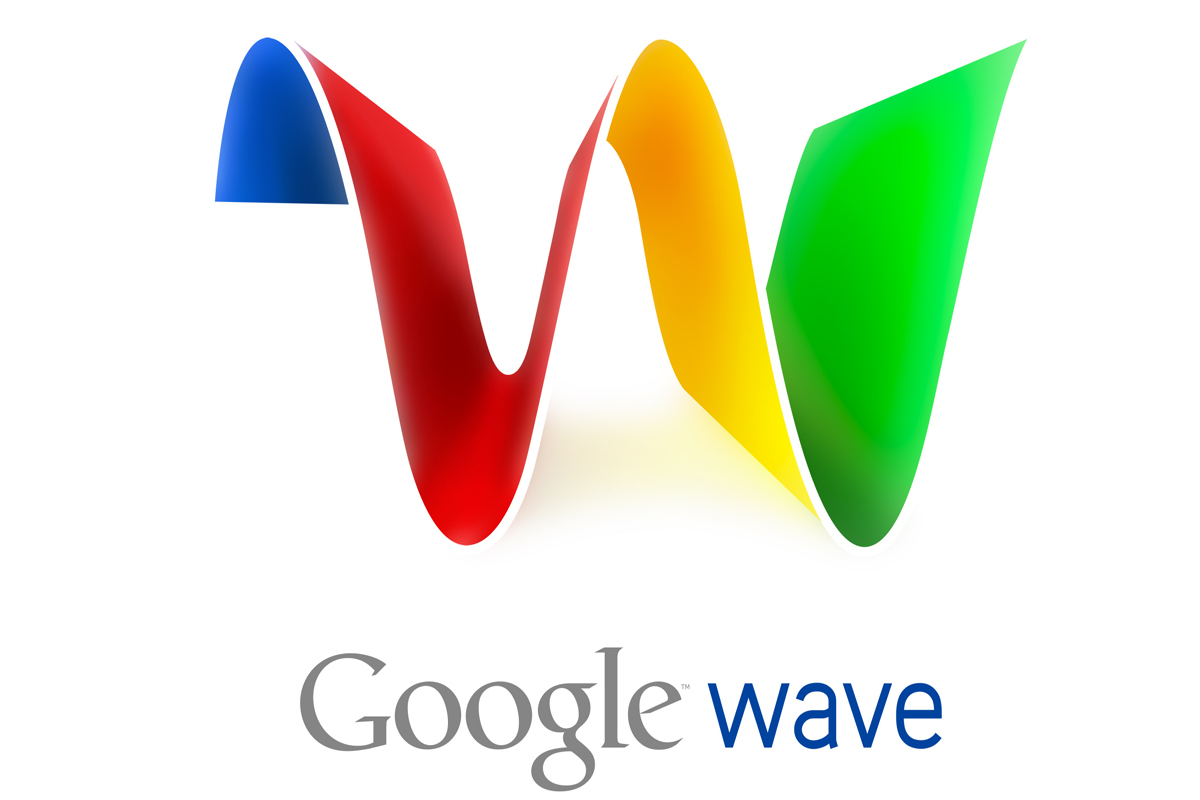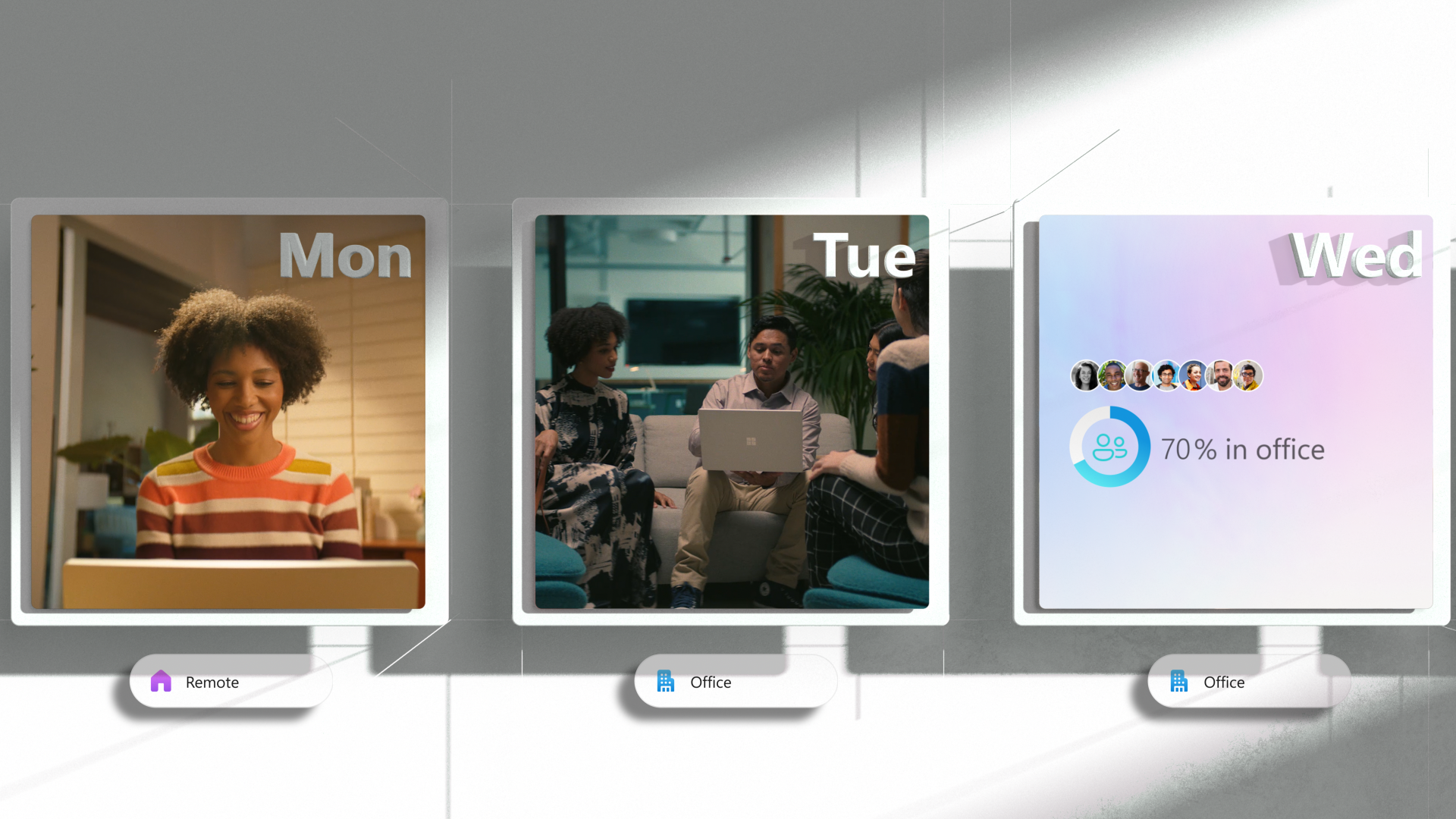What went wrong with Google Wave?
As Google announces it’s ceasing development on Wave, Simon Brew wonders just what went wrong.

Back to the beta
So what happened, and where did it go wrong? The answers might just lie in the original response to the beta itself, the best part of a year ago. Because once the smokescreen had cleared, some interesting feedback emerged.
If you read between the lines of the hype that accompanied the initial roll-out of Google Wave (and the proclamation that it was the biggest online launch since Gmail seems incredibly out of place now), there was an awful lot of appreciation for what it did, but little in the way of explanation as to how you could practically use it.
There's little doubt that Wave is a fascinating piece of programming work, bringing together many collaborative elements, social network influences and open source sensitivities all in one place. Reviews rightly focused on this too at the time, given that it was impossible to effectively judge its performance in practice until more people were using it.
The problem with testing a collaborative service with only 100,000 users worldwide, after all, is that the contacts list tends to be very small. As such, you can only call it as you see it.
And yet there was an inherent problem with providing a platform that could do so much right from the start. In short, what would you end up using Wave for? Could you really collaborate on a document with several people at once, given the wealth of distractions around the working screen, for instance? In fact, was the whole system that easy to use, and wrap your head around? It could potentially do so much, and yet it had a habit of appearing muddled on a screen. Say what you like about Facebook, but you always know where you stand with it.
Google Wave invited you to add and remove people to Blips, for instance. Yet just what did that mean, and how did you do it? People, it seemed, grew less interested in finding out.
Sign up today and you will receive a free copy of our Future Focus 2025 report - the leading guidance on AI, cybersecurity and other IT challenges as per 700+ senior executives
-
 Licensed mmWave: Opportunity or overhead?
Licensed mmWave: Opportunity or overhead?Industry Insights Ofcom’s latest mmWave auction unlocks major new capacity for 5G and FWA, offering a faster, more flexible complement to fiber - especially in dense urban areas
-
 CISA issues alert as China-linked hackers exploit Brickstorm malware to target VMware servers
CISA issues alert as China-linked hackers exploit Brickstorm malware to target VMware serversNews Organizations, particularly in the critical infrastructure, government services, and facilities and IT sectors, need to be wary of Brickstorm
-
 New Microsoft Teams features for business users
New Microsoft Teams features for business usersIn-depth All the latest Microsoft Teams features after the platform is given a redesign, complete with an AI-powered assistant and a faster engine
-
 Microsoft Teams now allows SMBs to collect payments in meetings
Microsoft Teams now allows SMBs to collect payments in meetingsNews With the help of PayPal, Stripe, and GoDaddy, the Microsoft Teams Payments app offers in-meeting payment requests
-
 Microsoft launches collaboration platform Loop, its answer to Notion
Microsoft launches collaboration platform Loop, its answer to NotionNews Greater collaboration tools are coming to the Microsoft 365 suite, aiming to help teams work together without having to jump between different apps
-
 Meta Quest Pro preview: Meet Meta's 'laptop killer'
Meta Quest Pro preview: Meet Meta's 'laptop killer'Opinion We go hands-on with the Meta Quest Pro, as the firm banks on turning hardware preferences upside down
-
 Microsoft launches Places, includes GPS-style navigation to help find meeting rooms
Microsoft launches Places, includes GPS-style navigation to help find meeting roomsNews The new app built specifically for organisations adopting a permanent hybrid work model brings new features to manage people and the workplace itself
-
 The IT Pro Podcast: Enabling bilingual business
The IT Pro Podcast: Enabling bilingual businessIT Pro Podcast How Wales is using digital tech to deliver a greater choice of languages
-
 Podcast transcript: Enabling bilingual business
Podcast transcript: Enabling bilingual businessIT Pro Podcast Read the full transcript for this episode of the IT Pro Podcast
-

 Qnap KoiBox-100W review: An intriguing alternative
Qnap KoiBox-100W review: An intriguing alternativeReviews A versatile and affordable videoconferencing solution with great wireless screen presentation features